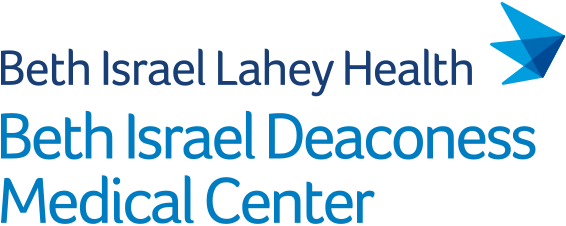Abstract
OBJECTIVE: Socioeconomic disparities are known to contribute to adverse outcomes after surgery; however, the role of individual wealth and neighborhood environment on both follow-up and outcomes following endovascular aneurysm repair (EVAR) are not well-understood.
METHODS: We included all fee-for-service Medicare beneficiaries aged ≥66 years who underwent infrarenal EVAR with a bifurcated endograft for intact abdominal aortic aneurysm (AAA) from 2011 to 2019. Patients were divided into cohorts using dual enrollment in Medicare/Medicaid (vs Medicare only) as a measure of individual wealth and residence in a distressed community (vs non-distressed community) as a measure of regional wealth (as defined by the Distressed Community Index [DCI]). The primary outcome was the composite of late aneurysm rupture, aortic reintervention, conversion to open repair, or all-cause mortality at 9 years. The cumulative incidence of the primary composite outcome was determined using Kaplan-Meier methods and compared across groups using log-rank tests.
RESULTS: Of 111,381 patients who underwent EVAR, 9991 (9.0%) were dual-enrolled in Medicare/Medicaid, and 22,902 (21%) lived in distressed communities. A higher incidence of the primary outcome was observed in dual-enrolled vs Medicare-only patients (83% vs 72%; hazard ratio [HR], 1.42; 95% confidence interval [CI], 1.38-1.47; P < .01) and in those living in distressed vs non-distressed communities (75% vs 72%; HR, 1.09; 95% CI, 1.06-1.11; P < .01). After adjustment for comorbidities and other disparity measures, the association between dual enrollment or DCI and the primary outcome was attenuated but remained significant (adjusted HR [aHR], 1.19; 95% CI, 1.15-1.23; aHR, 1.03; 95% CI, 1.00,1.05, respectively). When mortality was removed from the primary outcome, the relationships between dual enrollment or DCI and the composite outcome were no longer significant after adjustment (aHR, 1.02; 95% CI, 0.93-1.13; aHR, 0.95; 95% CI, 0.89-1.05). Among EVAR-specific secondary outcomes, rates of 9-year all-cause mortality and late rupture were higher in dual-enrolled vs Medicare-only patients, and mortality rates were higher in distressed vs non-distressed patients. In addition, both dual-enrolled and residents of distressed communities had lower rates of EVAR-related office visits and AAA-related imaging in follow-up and higher rates of emergency department visits.
CONCLUSIONS: Among Medicare beneficiaries who underwent EVAR for AAA, socioeconomically disadvantaged beneficiaries had a higher incidence of the primary composite outcome, driven primarily by higher all-cause mortality. This study highlights the need for interventions targeted at improving access to appropriate disease surveillance and management of comorbidities for patients who are most vulnerable.

